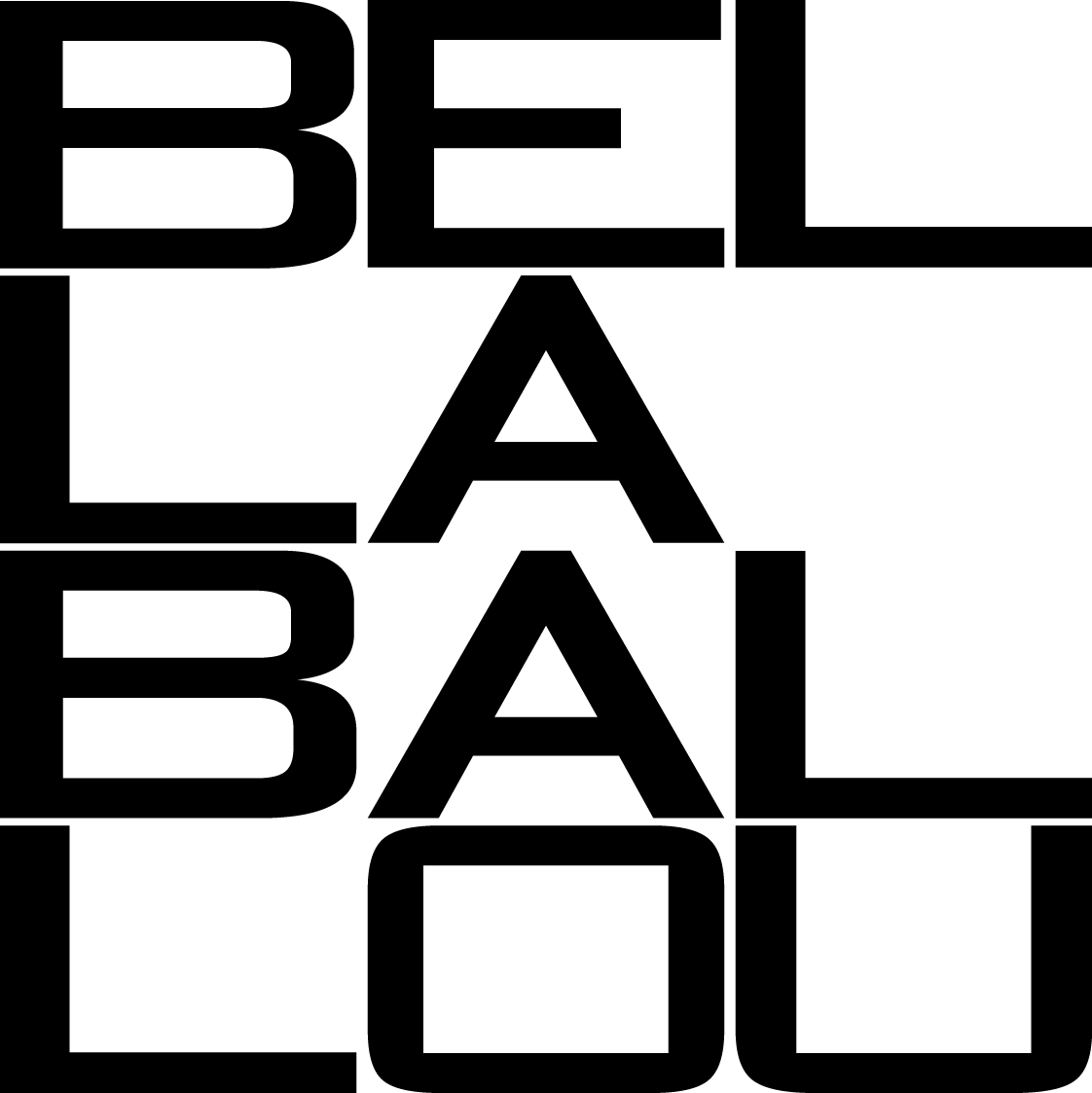The history of the scarf
The scarf has a long and varied history that spans several cultures and time periods. Originally, it was used by both men and women as protection against the sun, cold, and dust, but over time it has taken on many different meanings and functions.
In ancient Egypt, scarves were worn by royalty and religious leaders as a symbol of power and status. The Romans used scarves, called "sudarium," primarily as a tool to wipe away sweat, but they later became a fashion phenomenon among the Roman upper class.
In the Middle East and North Africa, the scarf has been used for millennia as protection against the harsh climate, but also culturally and religiously.
In Europe, the scarf was used by both peasants and nobility in the Middle Ages, but it was during the Renaissance that it truly became a fashion phenomenon. In the 20th century, celebrities like Audrey Hepburn and Jackie Kennedy began to popularize the scarf as a stylish accessory.
In the 1980s and 1990s, the scarf became more versatile and experimented with new materials and patterns, with fashion designers like Hermès making luxurious silk scarves iconic.
In the 2000s and 2010s, the scarf also became a central part of streetwear fashion and subcultural movements, especially in urban environments.
Today, the scarf is both a practical piece of clothing, a fashion statement, and/or a strong cultural, religious, and political marker, which varies in style and meaning depending on the context.
See the entire BELLA BALLOU collection of scarves here
